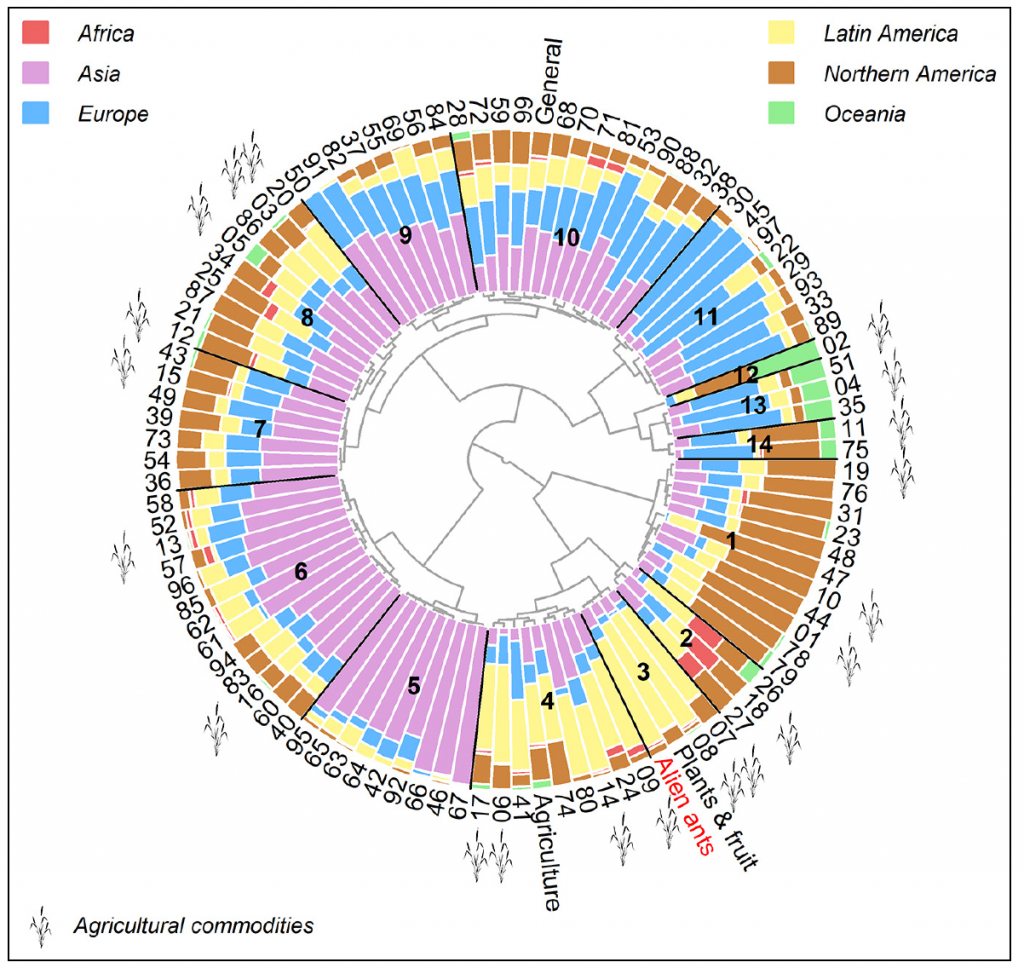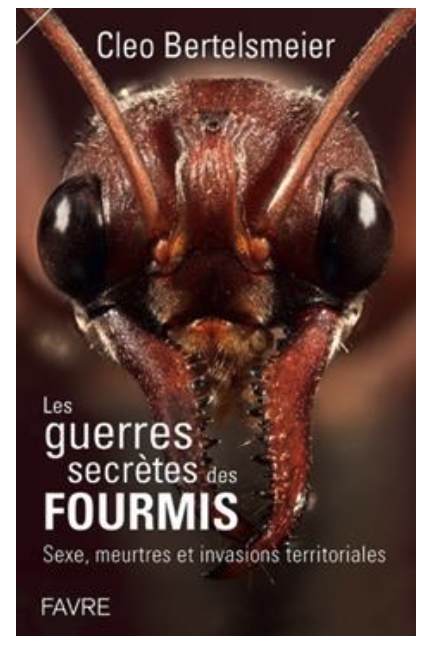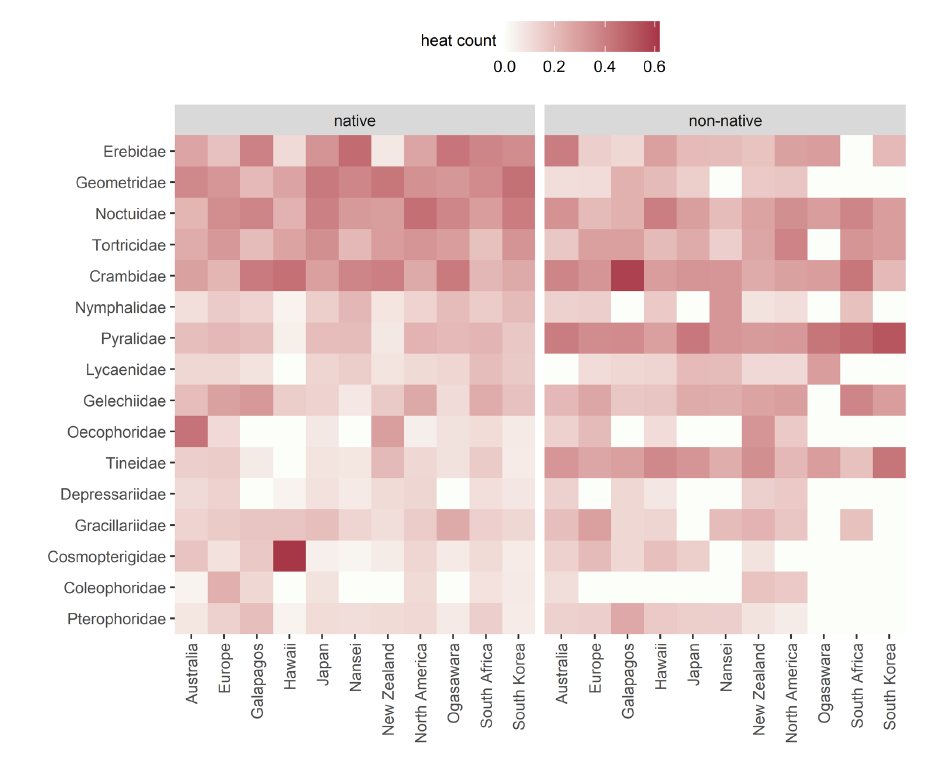Sébastien and Cleo have published a study about international trade flows and ant invasions.
Summary:
Globalization has led to the unintentional movement of thousands of species around the world, necessitating a better understanding of how species are spread by international trade to prevent new invasions. However, to date, the evidence implicating global trade in intercontinental species flows has been mixed. Here, we show that commonly used proxies of global trade, such as general and agricultural imports, fail to explain the invasion flows of alien ants from donor regions to the continental US. Analysis of 97 individual commodity flows revealed instead that plant and fruit imports – a small subset of all agricultural commodities – were primarily associated with invasion flows of ants. The transport patterns of all 95 other commodities, including most “agricultural” commodities, differed from those of alien ants. Our findings highlight the need to determine precisely which commodities serve as introduction pathways for a particular taxon in or flows and identify likely source regions of future invasions in a world of evolving trade relationships.


